King Canyon - Gould Mine Loop

Mountainside cactus forest and an old copper mine, plus a backcountry picnic area with a view.
Moderate Hiking
- Distance
- 4.2 km
- Ascent
- 142 m
- Descent
- 142 m
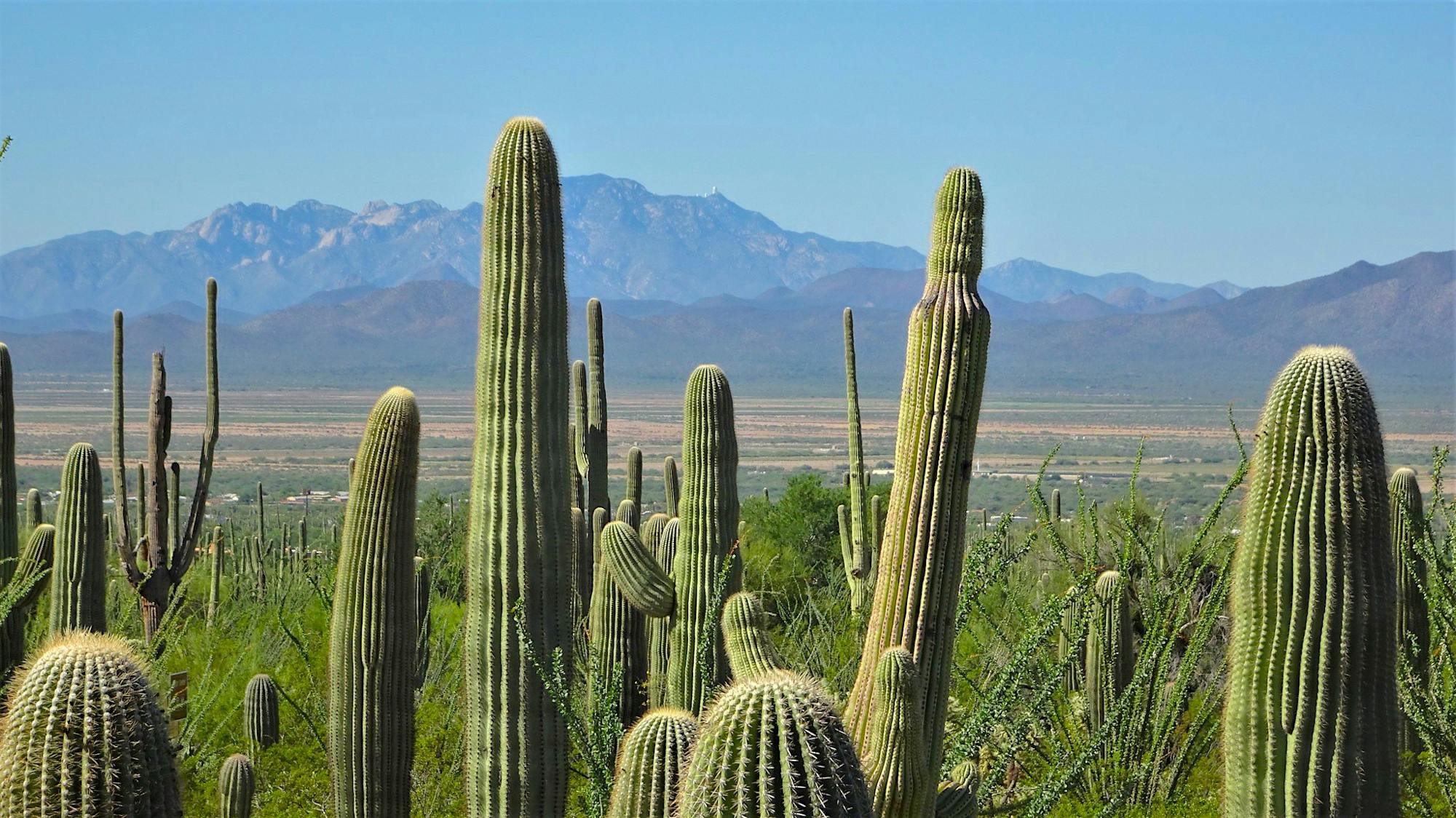
Enjoy maximum scenery with a modest amount of hiking on these national park trails west of Tucson.
Hiking Easy, Moderate

Tucson Mountain District is the western half of Saguaro National Park, divided from the east district by the city of Tucson. Not as tall as the Santa Catalina Mountains to the north or the Rincon Mountains to the east, the Tucson Mountains are manageably-sized for hiking. The trails among them perfectly showcase the rugged, cactus-filled desert that Southern Arizona is known for.
Saguaro National Park’s Tucson Mountain District encompasses much of the range, including its highest mountain, Wasson Peak, at 4,687 feet. A handful of trails ascend Wasson’s imposing slopes, but the majority stay in the lower elevations, on easier terrain. These trails are perfect for nature lovers seeking a casual hike. They lead through resplendent desert flora and climb gently to elevated views. Access is simple, thanks to the national park and adjacent recreation areas, and Tucson locals enjoy the trails just as often as national parks travelers.
For maximum scenery with a little bit of hiking, park visitors should enter through the Red Hills Visitor Center and proceed to the Bajada Loop Drive. It’s an unpaved road that’s suitable for all cars, making a 6-mile circuit through rolling hills and valleys, with abundant saguaros and other Sonoran plants. To experience the desert on foot, take a short hike to the Valley View Overlook, Signal Hill Petroglyphs, or on the Wild Dog Trail. For a longer and more varied hike, look to the moderate trails that go into the mountains. King Canyon and Gould Mine trails make a moderate loop in the vicinity of Wasson Peak. Sendero Esperanza leads across open, remote-feeling desert then climbs quickly to a mountain vista.
It should go without saying that you should prepare for the heat. Within the national park, water is available at the visitor center but nowhere else, so bring plenty. The park service recommends at least one gallon of water per person for a day of hiking. During the summer, you can hike early in the morning, before the desert really sears. The best way to beat the heat, however, is to go during the cooler seasons. Winter is usually cool and comfortable—perfect for hiking. Warming temperatures in spring make the flowers bloom, and the desert bursts with color. No matter the time of year, these easy and moderate trails ensure a wonderful tour of the park, just be sure to plan ahead and prepare for conditions.

Mountainside cactus forest and an old copper mine, plus a backcountry picnic area with a view.
Moderate Hiking
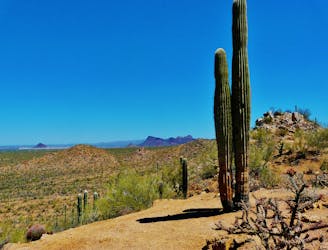
A quick hike through colorful cactus forest, to a panoramic overlook on a hill.
Moderate Hiking
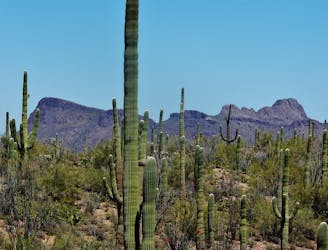
Mellow hike among desert flora and low hills within the Bajada Scenic Loop.
Easy Hiking

Not much of a hike, but a quick walk to the site of well-preserved Native American rock art.
Easy Hiking
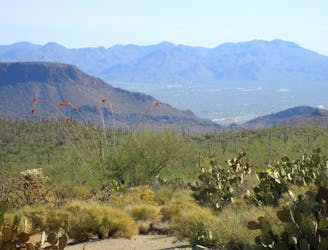
A mellow walk through open desert, then a steep but short climb to a panoramic ridgeline.
Moderate Hiking
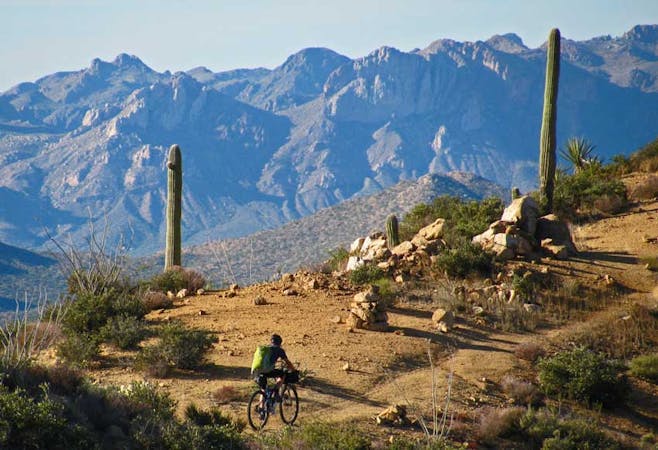
23 routes · Mountain Biking · Hiking
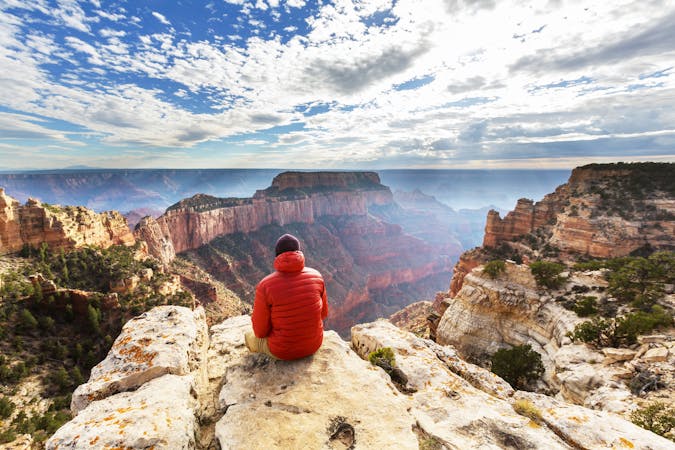
14 routes · Hiking

14 routes · Hiking
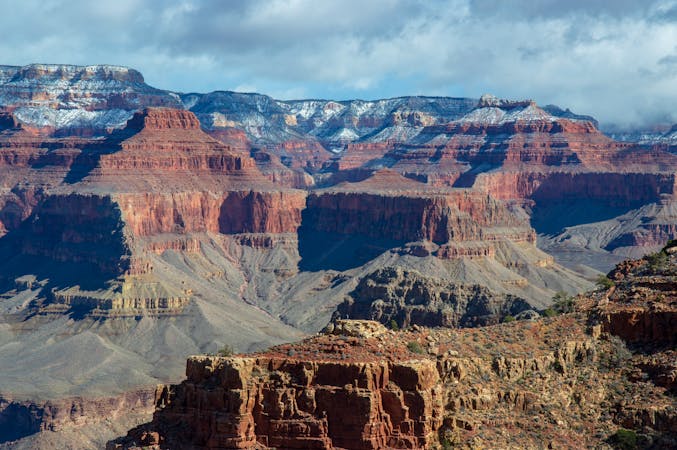
8 routes · Hiking

16 routes · Hiking
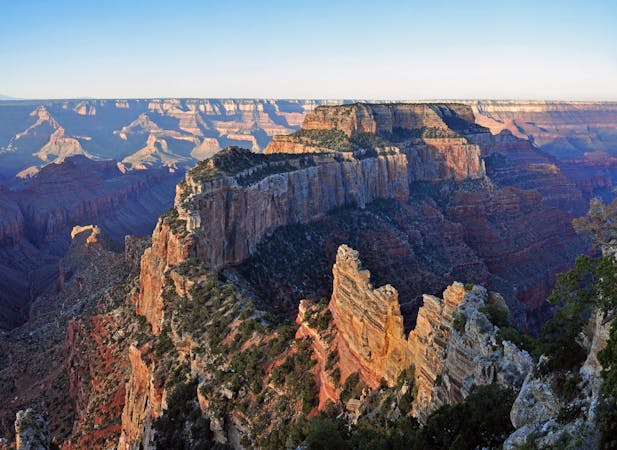
9 routes · Hiking
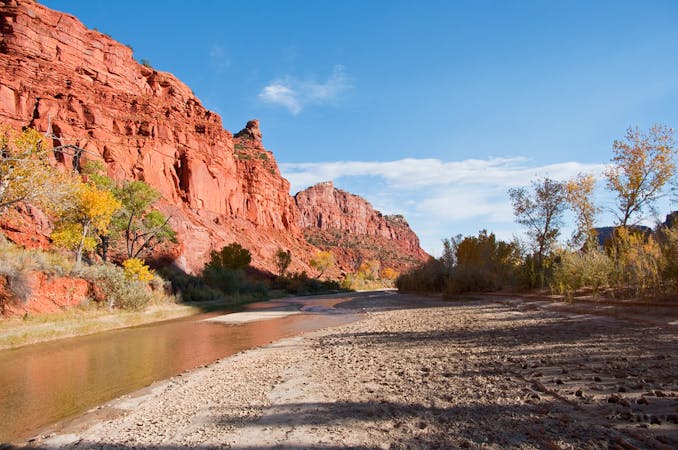
14 routes · Hiking
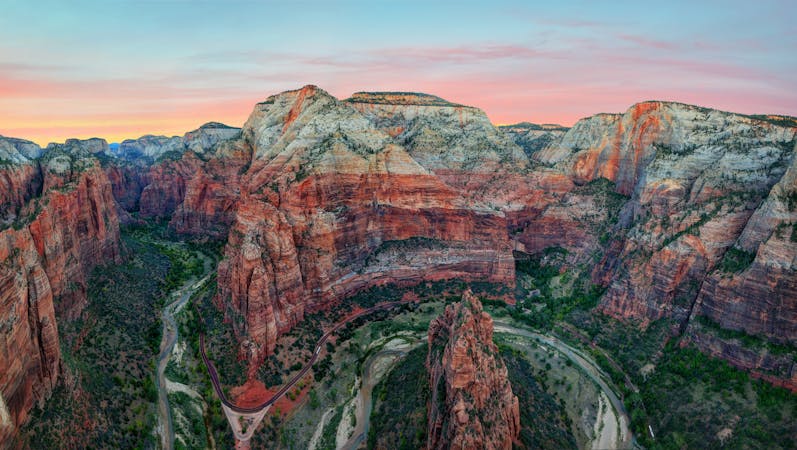
25 routes · Alpine Climbing · Hiking
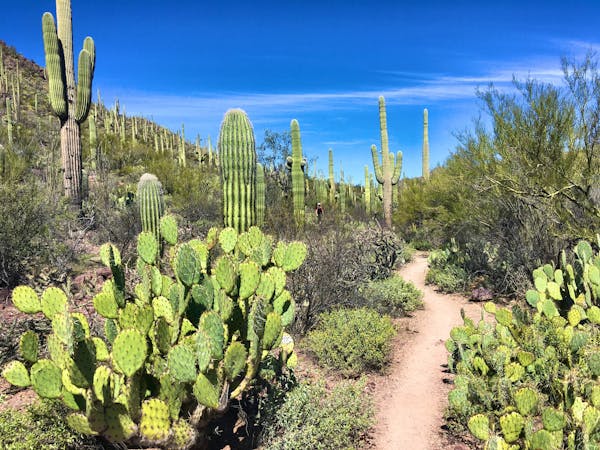
10 routes · Hiking
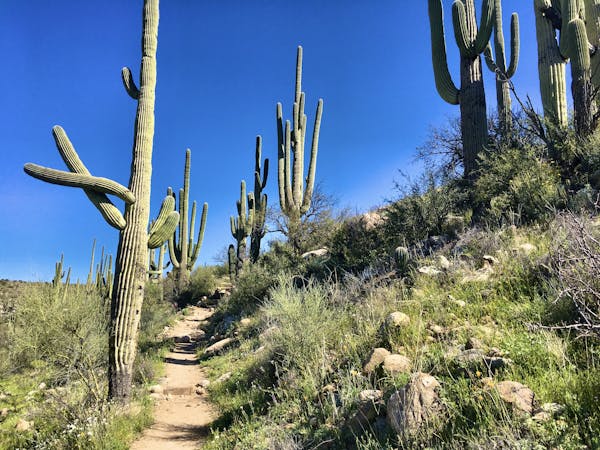
4 routes · Hiking